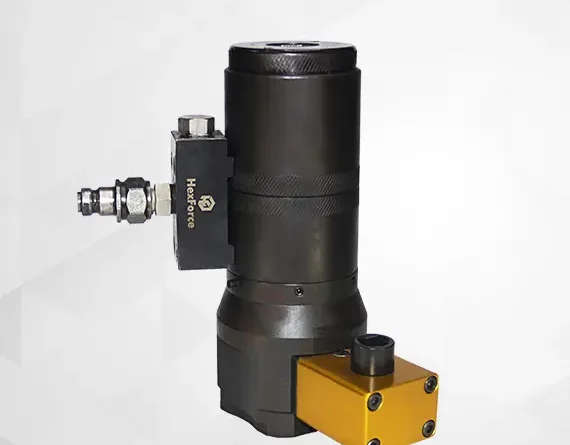Achieve the Benefits of Bolt Tensioner for the Pipelines
Reasonable bolt tensioning is required in heavy-duty applications, particularly in the oil and gas industry. Insufficient or irregular bolt tensioning can lead to leaks, failed connections, and decreased security. Correct and uniform bolt tensioning is important to ensure the integrity of tools, pipelines, and systems and provide long life with less bolt tensioner price.
A hydraulic bolt tensioner is an evolved tool developed to exactly and controllably tension bolts. It employs hydraulic force to involve consistent, even force-to-bolt relations. This method eliminates the shortcomings of conventional bolting techniques and offers many benefits for heavy-duty applications.
What Is A Bolt Tensioner?
A hydraulic bolt tensioner can fast and efficiently tighten large-diameter bolts with high, proper preload. Unlike traditional techniques, it does not need torque. There is no requirement to rotate the nut or bolt with force, such as an effect wrench, lashing wrench, or hydraulic torque wrench. All of these approaches convey one shared enemy: friction.
Overcoming thread friction and friction between the nut and washer consumes 80% to 90% of the torque energy applied to the nut or bolt. This variation in variance loss from bolt to bolt causes varying tension across bolts tightened with the exact set torque or impact wrench.
Benefits of Hydraulic Tensioners:
Accurate and Repeatable Stud Loading:
The theory and practice of tightening with a hydraulic tensioner and hydraulic stud and hydraulic bolt tensioner is very simple. A hydraulic stud tensioner is a special-purpose hydraulic cylinder. The tension applied to the stud is a direct function of the area of the hydraulic cylinder and the hydraulic pressure supplied by the pump. As it closely controls these variables, stud tensioning is highly accurate. Therefore, a hydraulic tensioner allows you to load and tighten studs accurately in a simple and repeatable manner.
Uniform Stud Loading:
Uniform loading on each stud is important, especially in applications with gaskets. For applications with more than one stud, it recommends using multiple hydraulic tensioners, which are internally connected to the pump. As the hydraulic pressure increases, the tension on each stud becomes equal. The flanges will be assembled at the same time and consistently.
Save Time and Labor:
Using multiple hydraulic tensioners together saves time. A hydraulic tensioner is often faster than a hydraulic torque wrench. When compared to torque, using one hydraulic tensioner for every four studs on a flange, known as a “25% cap,” reduces tightening time by fifty percent (50%). Using one hydraulic tensioner for every two studs, known as a “50% cap,” reduces the time by another third (33%).
Ease of Use and Safety:
Hydraulic tensioners, hydraulic studs, and bolt tensioners have a high power-to-weight ratio and are lighter, less bulky, and easier to use than torque tools. One operator can do most work with less effort. The hydraulic tensioner parts (load cells, pull bars, and bridges) are handled separately by the operator.
The weight of any one of these parts is usually much less than the weight of a hydraulic wrench and socket for the same stud size and tightening capacity. Hydraulic studs and bolt tensioners are quieter and safer than using a wrench or bolt heater. Air-operated or hand-operated hydraulic pumps are inherently explosion-proof.

